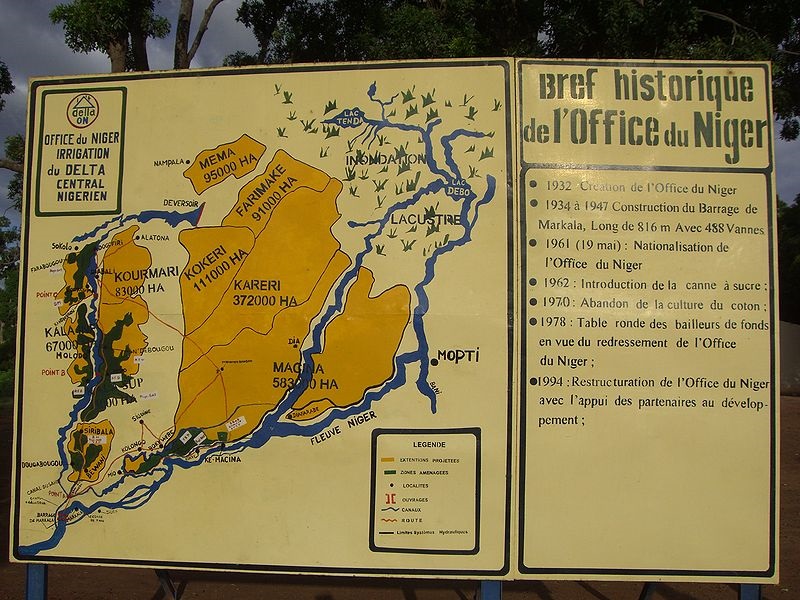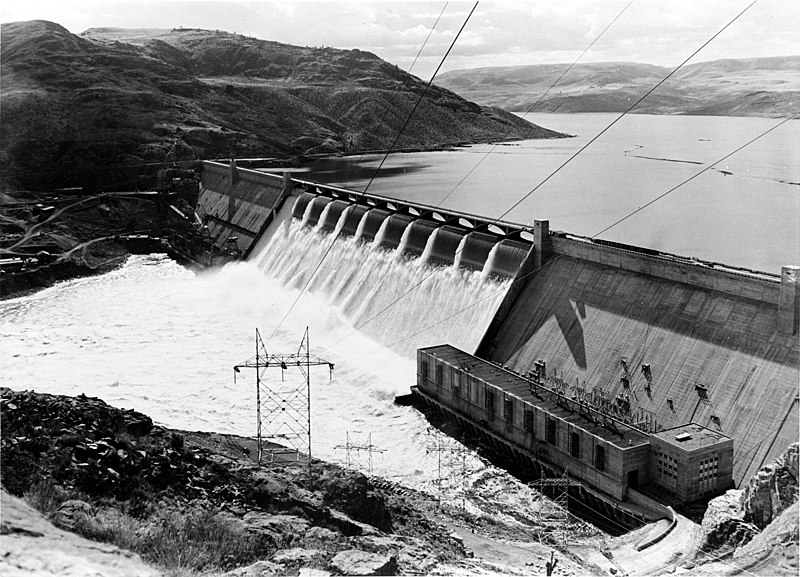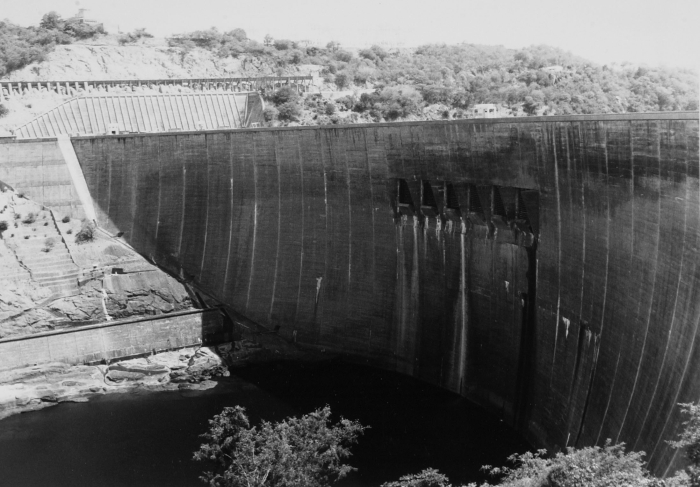In this section you’ll learn about:
- the history of irrigation in Africa
- the history of participatory irrigation design
- how the lessons of the past can help you understand irrigation today.
Irrigation in Africa has been influenced by international factors, such as colonial priorities, changing donor policies and export prices, as much as domestic policies and government strategies. The following historical overview helps to explain how the current context has emerged.
Colonial Administration: 1900 – 1950
European colonial administration was formally imposed in much of sub-Saharan Africa at the end of the 19th century.
Colonial investment was guided by demand for industrial raw materials. Irrigation development was focussed on large-scale engineering schemes to produce cotton such as:
- the Gezira in Sudan, constructed in the 1920s on the Nile,
- the Office du Niger built ten years later on the river Niger in Mali.

In both these schemes small-scale cultivators were allocated plots as tenants of a (colonial) state corporation responsible for managing the scheme, supplying inputs and buying the produce.
Although irrigation development by European settlers was commonplace in African colonies, pre-existing local African systems of irrigation were largely ignored (or in some cases banned as environmentally damaging) by colonial administrations.
Late colonial and early independence administrations: 1950s – 1960s
As African countries began to achieve independence in the 1950s and 1960s, irrigation was increasingly based on the example of the United States. This was seen as the most technically advanced country.
Economic development, particularly in the western states of the US, had hinged on construction, especially after 1930, of some 8000 major dams for irrigation and hydropower funded by the US Federal government.

Consequently, as Africa approached independence from colonial rule there was a boom in dam construction, including:
- the Akasombo on the Volta in Ghana
- the Kariba on the Zambezi in Zambia-Zimbabwe,
- and the use of large-scale irrigation as a framework for rural settlement schemes (e.g. the Mwea scheme in Kenya).

Much of this was funded through bilateral or multilateral development finance. Irrigation was seen as a means to achieve nation-building, by modernising agriculture, increasing export earnings and improving food self-sufficiency. Engineering was the key lens through which the feasibility and viability of irrigation was assessed.
